Introduction
Tea, a beverage cherished across continents and centuries, derives its allure not only from its diverse flavors and cultural significance but also from the delicate balance of aromas and compounds that define its quality. Whether you are a connoisseur of rare oolong teas, a daily drinker of robust black blends, or a herbal infusion enthusiast, the longevity and vibrancy of your tea’s taste hinge on one critical factor: proper storage. Unlike wine or cheese, which may improve with age under specific conditions, tea is inherently perishable. Its leaves, rich in volatile oils, antioxidants, and natural enzymes, are susceptible to degradation when exposed to environmental stressors. This article delves into the science and practicality of preserving tea, offering actionable advice to safeguard its flavor, aroma, and health benefits. From understanding the enemies of tea freshness to selecting the right containers and locations, we will explore how to transform your tea storage routine into a guardian of quality.
The Enemies of Tea Freshness
To preserve tea effectively, one must first identify the adversaries that threaten its integrity. Tea leaves, whether processed as green, black, white, oolong, or pu-erh, share a common vulnerability to five primary elements: light, moisture, oxygen, heat, and odors.
1 Light Exposure
Sunlight and artificial light may seem harmless, but they accelerate the breakdown of chlorophyll and other pigments in tea leaves, leading to fading and a dull, stale taste. Ultraviolet (UV) rays, in particular, disrupt the molecular structure of catechins—antioxidants responsible for tea’s health benefits—and degrade volatile compounds that contribute to aroma. For example, green tea, prized for its grassy, fresh character, can quickly lose its luster if stored in a transparent jar near a window.
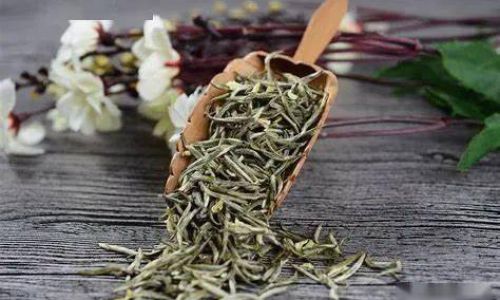
2 Moisture and Humidity
Tea leaves are hygroscopic, meaning they absorb moisture from the air. Excess humidity (above 65–70% relative humidity) can cause leaves to clump, mold, or ferment prematurely. Even in dry environments, improper sealing allows residual moisture from the tea’s own processing to reactivate, compromising texture and flavor. This is why tea packets often include silica gel desiccants—to combat residual and ambient moisture.
3 Oxygen
Oxygen is a silent saboteur. It triggers oxidation, a chemical reaction that alters the taste profile of tea. While oxidation is intentionally induced in oolong or black tea production, uncontrolled exposure post-processing leads to rancidity. Polyphenols, the compounds linked to tea’s astringency and bitterness, oxidize into less desirable byproducts, resulting in a flat, metallic, or overly harsh brew.
4 Heat
High temperatures expedite the degradation of volatile compounds and enzymes. Storing tea near stoves, ovens, or direct sunlight can elevate its internal temperature, accelerating staleness. For instance, a study published in the Journal of Food Science found that green tea stored at 30°C (86°F) lost 30% more catechins within six months compared to tea stored at 5°C (41°F).
5 Odor Absorption
Tea leaves are porous, acting like sponges for surrounding smells. Storing tea near spices, coffee, or strong-smelling foods can infuse the leaves with unwanted flavors. Aromatic hydrocarbons in garlic, onions, or even perfumed soaps can permeate the leaves, masking their natural nuances.
Selecting the Right Storage Containers
The container you choose is your first line of defense against the enemies of freshness. Ideal materials balance opacity, airtightness, and chemical inertness.
1 Opaque Ceramic or Porcelain Jars
Ceramic containers with glazed interiors are excellent choices. Their opacity blocks light, while the glaze prevents moisture absorption and odor transfer. Ensure the lid fits snugly to minimize air exchange. Avoid decorative ceramic jars with unglazed interiors, as they may harbor bacteria or absorb residues.
2 Stainless Steel Tins
Stainless steel offers durability and light resistance. Look for tins with double-layered lids or rubber gaskets to enhance airtightness. Metal containers are particularly suitable for humid climates, as they resist corrosion and provide a robust barrier against moisture.
3 Airtight Glass Jars (with Caveats)
Glass jars are aesthetically pleasing but require caution. Only use opaque or amber-tinted glass to block UV rays. Clear glass offers no protection against light, making it unsuitable for long-term storage. Additionally, glass is brittle and may crack if exposed to temperature fluctuations.
4 Vacuum-Sealed Pouches
For bulk purchases or long-term storage, vacuum-sealed pouches made of food-grade plastic or aluminum foil are ideal. These remove oxygen from the packaging, slowing oxidation. However, once opened, transfer the tea to an airtight container to prevent repeated exposure to air.
5 Avoid Plastic Containers (Generally)
While BPA-free plastics are safer, they are not recommended for premium teas. Plastic is permeable to oxygen and odors over time, and some compounds may leach into the tea. Reserve plastic for short-term storage or travel.
Location, Location, Location
Even the perfect container fails if placed in a harmful environment. Consider these factors when choosing a storage spot:
1 Cool and Dark
Ideal storage temperatures range between 5–25°C (41–77°F). Avoid areas prone to temperature swings, such as near windows, radiators, or appliances. A pantry, cupboard, or cellar (if humidity is controlled) are excellent choices.
2 Low Humidity
Aim for relative humidity below 65%. In humid regions, use dehumidifiers or silica gel packets inside containers. Avoid storing tea in the refrigerator or freezer unless absolutely necessary (see Section 5).
3 Isolation from Strong Odors
Designate a specific shelf or drawer for tea, away from spices, coffee, or cleaning supplies. Even sealed containers can experience micro-leaks over time, so proximity matters.
Handling and Portioning
Proper storage extends beyond the container—how you handle tea after opening the package is equally critical.
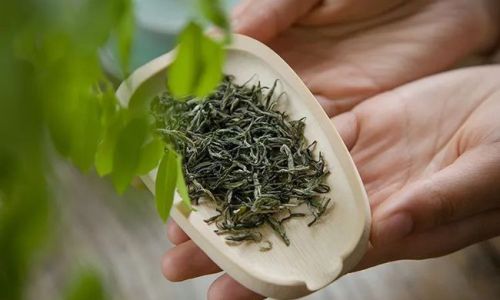
1 Minimize Air Exposure
Each time you open a container, oxygen infiltrates. For frequent use, store tea in small, airtight batches. For example, divide a 100g pouch into five 20g portions, sealing each separately. This reduces the frequency of exposing the main bulk to air.
2 Avoid Refrigeration (With Exceptions)
The refrigerator seems logical for preservation, but it poses risks. Condensation occurs when warm air meets cold surfaces, introducing moisture. If you must refrigerate tea (e.g., for matcha or rare teas), double-seal it: first in a vacuum pouch, then in an airtight container. Allow the tea to reach room temperature before opening to prevent condensation.
3 Freezing as a Last Resort
Freezing can extend shelf life by up to two years for green and white teas, but it’s a delicate process. Use freezer-safe, vacuum-sealed bags, and label them with the date. Never refreeze thawed tea, as moisture from repeated temperature changes ruins the leaves.
Storage by Tea Type
Different teas require tailored approaches due to variations in processing and oxidation levels.
1 Green and White Teas
These delicate, unoxidized teas are highly perishable. Store them in opaque, airtight containers in cool, dark places. For long-term storage (beyond six months), consider freezing.
2 Oolong Teas
Oolongs, partially oxidized, benefit from slight oxidation during aging. Store them in porous clay jars or paper packets in cool, dry areas. Avoid vacuum sealing, as it may stifle their characteristic evolution.
3 Black Teas
Fully oxidized black teas are more resilient. Use airtight containers in pantries. Avoid refrigeration unless humidity is uncontrollably high.
4 Pu-erh and Aged Teas
Pu-erh, a fermented tea, improves with age when stored in ventilated containers like ceramic jars or bamboo leaves. Allow controlled humidity (70–80%) and temperature (20–30°C) to encourage microbial activity. However, this method is specialized and not recommended for casual storage.
5 Herbal Infusions and Rooibos
Herbal teas, made from dried herbs, fruits, or flowers, vary in durability. Store them similarly to green teas—away from light, heat, and moisture.
Signs of Spoilage and When to Discard
Tea doesn’t “spoil” in the traditional sense but loses quality. Discard tea if:
- It smells musty, stale, or rancid.
- Mold is visible (usually white or green fuzz).
- The leaves feel excessively brittle or damp.
- The brew tastes overly bitter, flat, or sour.
Common Mistakes to Avoid
- Using Clear Containers: Even in drawers, light can penetrate over time.
- Storing Tea in the Kitchen: Heat and humidity from cooking are detrimental.
- Overfilling Containers: Leaves need space to breathe; overcrowding causes crushing.
- Ignoring Batch Sizes: Buying in bulk without proper subdivision leads to waste.
Sustainable Storage Solutions
For eco-conscious tea lovers, consider reusable options:
- Bamboo Canisters: Biodegradable and airtight when lined with natural fibers.
- Glass Jars with Cork Lids: Recyclable and stylish, but ensure opacity.
- Cloth Bags: For short-term use, pair with a secondary airtight container.
Conclusion
Preserving tea is an art that bridges science and tradition. By understanding the threats to freshness—light, moisture, oxygen, heat, and odors—and adopting tailored storage practices, you can ensure every cup delivers the intended flavor journey. Whether you’re safeguarding a rare pu-erh cake or a daily black tea blend, the principles remain the same: shield, seal, and shelter. In doing so, you honor the labor of tea growers, the craft of processors, and the ritual of brewing. After all, tea is not merely a drink—it’s a fleeting moment of pleasure, and proper storage ensures that moment lasts.
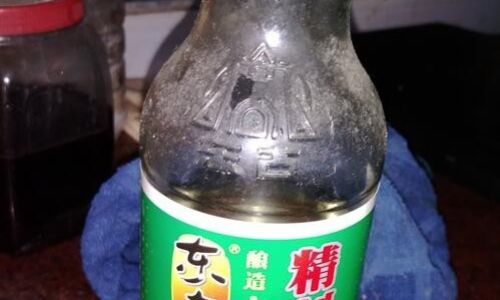
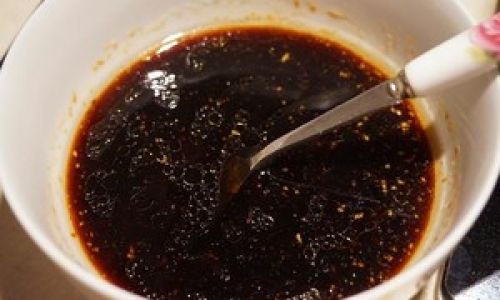
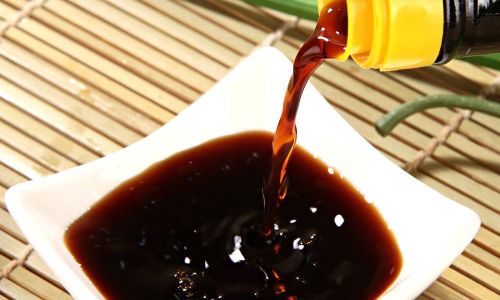
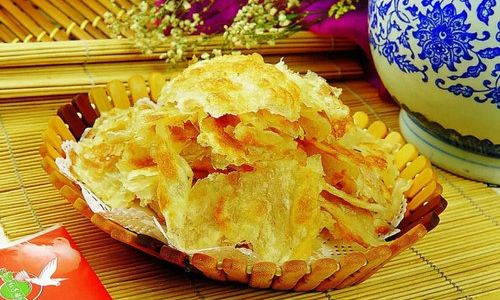


0 comments